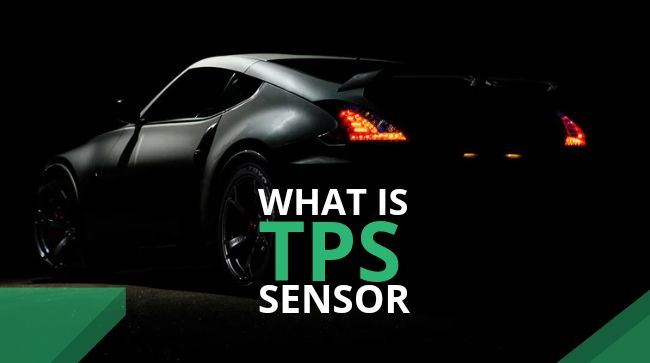Modern Automobiles are equipped with advanced electricals & electronics to make a drivability better & also to eliminate problems regarding operating systems. Accordingly, Sensors, Actuators & their circuits are functioning aligned with ECM/PCM.
In this article, We have discussed What is Throttle Position Sensor (TPS) by which you would get better understanding about it’s Working.
Throttle Position Sensor –
Throttle Valve Position is monitored by TPS as it is located on the throttle valve spindle means It helps to monitor the air intake of an engine regarding to functionality.
It is kind of a potentiometer signaling the resistance on the basis of position of throttle valve. Hence it is named as Throttle Position Sensor.
Ignition & fuel injection in a combustion chamber is totally dependent on the signal of throttle position because it is not manually operated nowadays. Control Module takes a signal from TPS & bonds to function further with fuel injection.
Types of TPS –
According to Type of construction, TPS is classified into three types
• Potentiometer type
• End switch Type
• Combination of both above
How TPS Works?
TPS is a three wire potentiometer. First wire represents the applied Voltage (+5V) to the sensor resistive layer. Second wire is a ground wire & Third wire is connected to Potentiometer wiper. With the help of this arrangement, It can be easy to provide returned signal to control module continuously.
By considering & calculating these voltage differences, Control Module can actually monitor the amount of fuel injection. There are different range of providing fuel Viz. At Idling, At Throttle valve opening & At full throttle (fully opened).
Above possibilities regarding opening of the throttle valve, Fuel is pressurised. Control Module can detect the position of the throttle valve whether it is partially opened, fully opened or closed then it decides to provide or cut – off the fuel.
If you really liked this article, What is TPS Sensor, Leave your opinion in the comment box…










